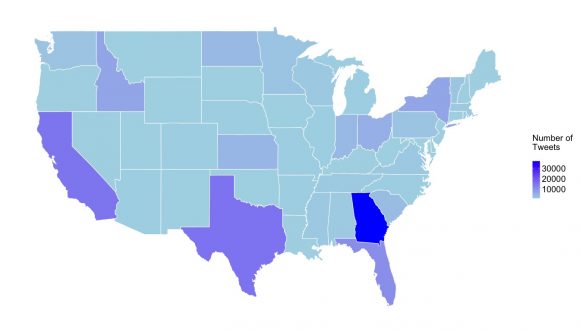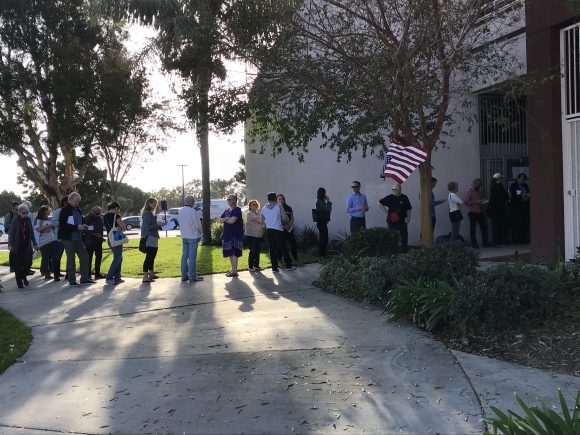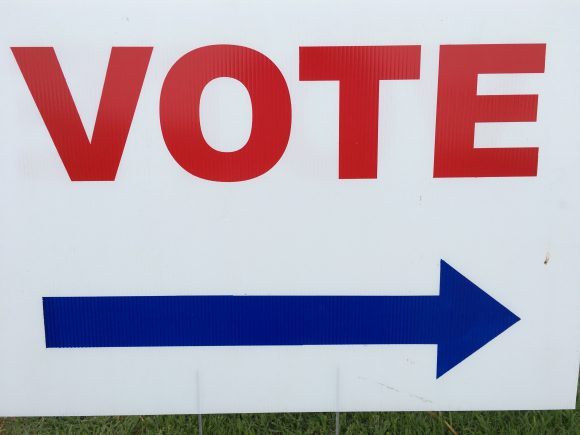Guest Blog by Michelle Hyun
Michelle is an undergraduate student at Caltech. In the summer of 2019, she was a Summer Undergraduate Research Fellow (SURF) at Caltech. Her research was conducted in collaboration with Yimeng Li and R. Michael Alvarz. We have recently released a working paper, it’s now available online, “Why Do Election Results Change After Election Day? The Blue Shift in California Elections.”
With the presidential primaries ongoing, and the November 2020 general election looming, it is critical to explain the trends of voters and the integrity of the election. In many past elections, the occurrence of the electoral “Blue Shift,” in which vote margins are observed to shift towards favoring Democratic candidates, has provided a surge of votes in the later parts of the vote count that has caused changes in leads more often than expected. This shift can cause people to call into question the integrity of the election system, which is dangerous for the legitimacy of democratic elections and the participation of voters in their government.
The blue shift has been observed in several past elections: one such example was the 39th District’s 2018 election for the U.S. House of Representatives, Young Kim believed she had won the race, but after a few weeks, it was revealed that her opponent, Gil Cisneros, had actually won. Elections in Orange County, California in 2012, 2014, 2016, and 2018 for House of Representative seats, gubernatorial seats, and presidential seats were analyzed to seek the cause of the drift. Shifts occurred across almost all of these elections, and while they may not have been enough to change the results of all the elections, the drift was certainly enough to raise questions.
Technological advances have made ballot counting and transmission of election results faster than ever. In many states including California, soon after polls close, election officials release results from early-voting ballots and mail ballots that have been processed before Election Day, followed by regular ballots cast on Election Day as precincts report them. Major cable networks, radio stations, and other media organizations receive these results from The Associated Press correspondents stationed at local government offices and data feeds provided by local governments as soon as they become available and make projections on most races. As a result, for voters following Election Day coverage on TV, radio, the Internet, or through morning newspapers, it may appear that elections are mostly over except for a few close contests by the end of Election Night. This perception masks the reality that a significant fraction of ballots is counted after Election Day, especially in states like California where voting by mail and provisional ballots are common.
This paper shows that the demographics of the voters and the number of ballots that are counted later in the election process are directly related to the magnitude of the blue shift. Using data from the Orange County Registrar of Voters (OCROV), we were able to find a positive association between Democratic voters and blue shifts; additionally, using data from the Cooperative Congressional Election Survey (CCES) and the Survey of the Performance of American Elections (SPAE), we were able to find that young, non-white voters are more likely to cast ballots that are counted later in the vote count process. Our findings are significant in that they explain a phenomenon that may call into question the integrity of our voting system. As the presidential primaries continue and as the general election approaches, we seek to establish voter confidence to encourage voter participation and ensure a smooth transition of power.




